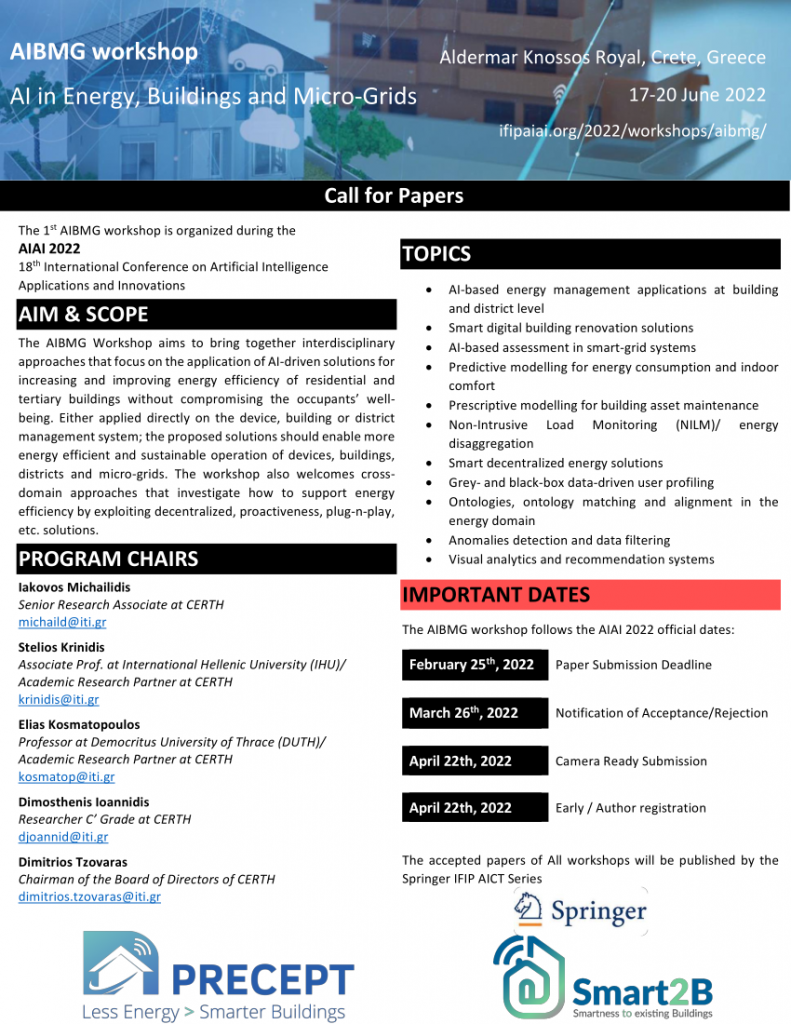Just returned to the nation's capital after the AGM and catching up. Lots of good commentary and feel about the meeting. It was great to meet some people at the AGM and I was also fortunate to meet more at about three bars/pubs during the afternoon. Just goes to show that a pub crawl at The Rocks is an excellent idea. Even my wife, who was more interested in historical tours and shopping, got to meet a few people. It struck me that there wouldn't have been one person at the AGM who wasn't a 1000 eyes.
Much of this has been covered but a couple of takeaways for me from presentations and later discussions were:
1. Antonio very impressive and highly commercial focus. One of the company members said to me that there may be nobody in the world who has done as many semi-conductor deals as Antonio. Might not be strictly accurate but the sense of it made me go WOW. He is a very available Chair and very active with the company. Serious value-add here.
2. Intent is to go up to 4 independent directors this year and five thereafter (so not all additional). This is what the increase in director remuneration pool, was about.
3. Sean's environment diagram and explanations reinforced for me the feel we have had for several months - that the words ubiquitous and all-pervading truly reflect where the company is pushing. We may not see many "BRN is in the new i-phone" announcements because our IP has been picked up and integrated three steps earlier.
4. There was a very clear message that we are not going to be producing chips. Sean said there would be reference chips produced but not called/considered Akida 2000 because we are an IP company not a chip company. The next reference chip would be produced before the next AGM.
5. Renesas was on board first and is great - but Megachips really know their stuff and may be moving faster.
6. The prices for the last two LDA calls were at $1.5972 and $1.4665. Noice. Very noice.
7. The Board-approved Operating Plan for the company has an increase of staffing by about 40% this year (I think we knew it was heading to about 100 but confirmed in the context of the Op Plan). These will be mainly Sales, Marketing and Engineers (pity not accountants and money counters...lol).
8. PVDM I think said "aggressively" pursuing patents and will do 50 this year across jurisdictions.
9. My take is that the Directors are confident. Constantly scanning, constantly refocussing, constantly pushing - but confident - and because I'm a "feel" person without great detail in the tech then this made me leave with an assurance of where I've invested.
10. NVISO demo was great. Thanks to legend Jesse for organising that. When asked what we were interested in I said I wanted to see the green flashing thing....and...there it was! Sooo exciting.
Baaa baaa baaa, baaa ba Ballista.
Excellent recap and opinions. Thank you.






